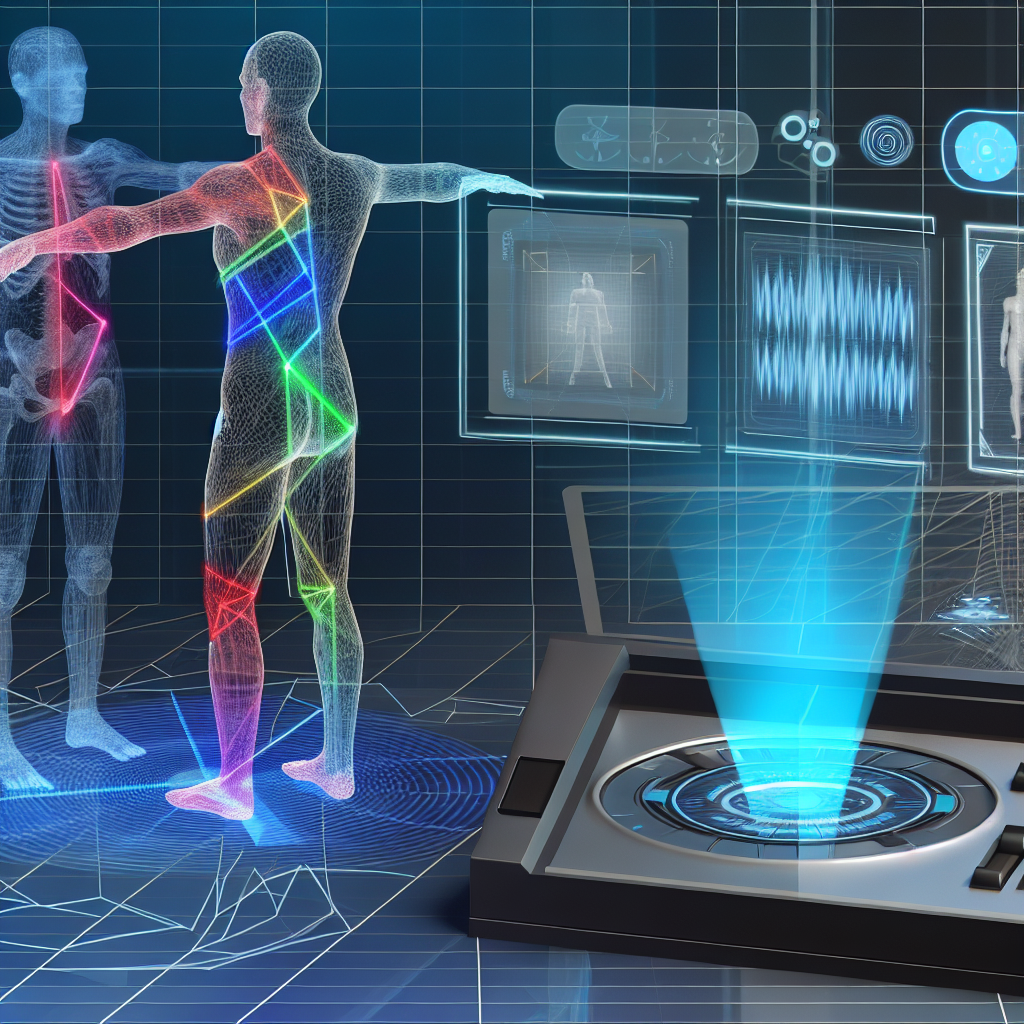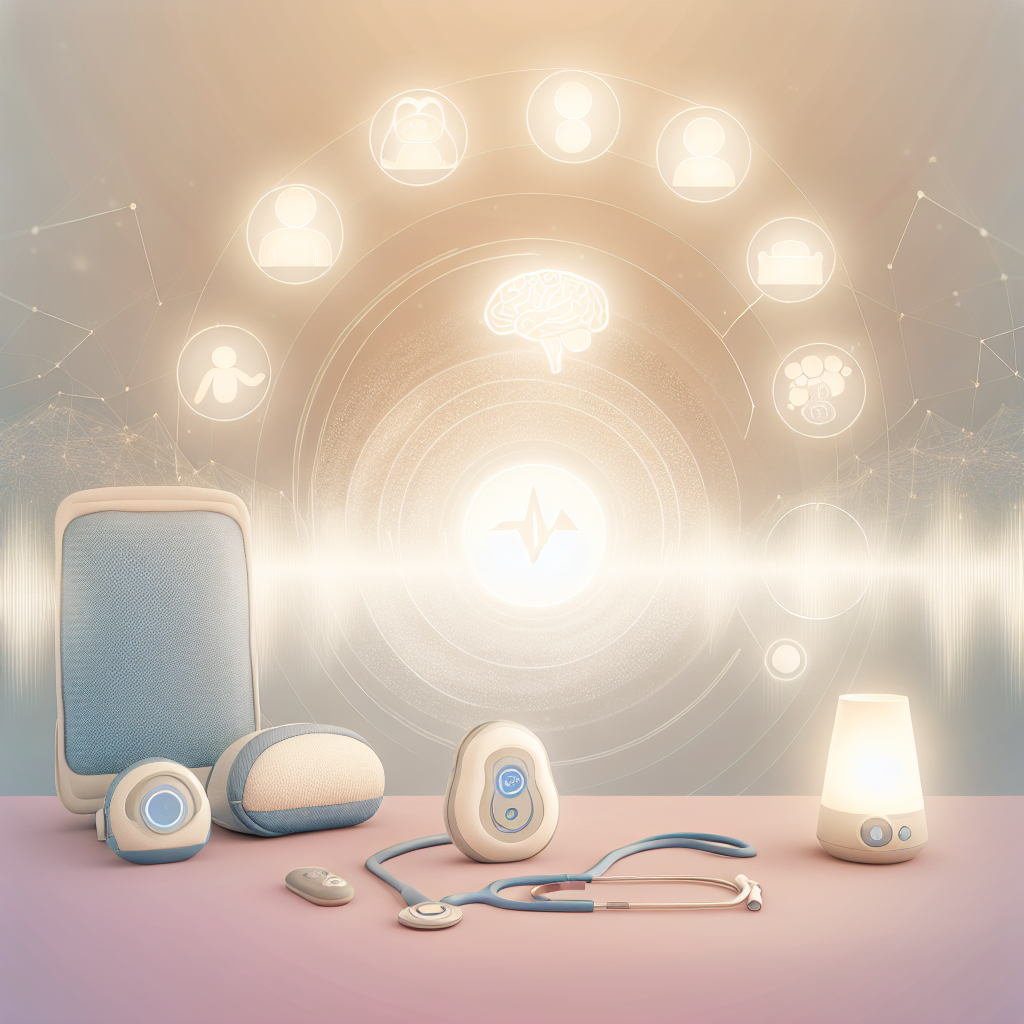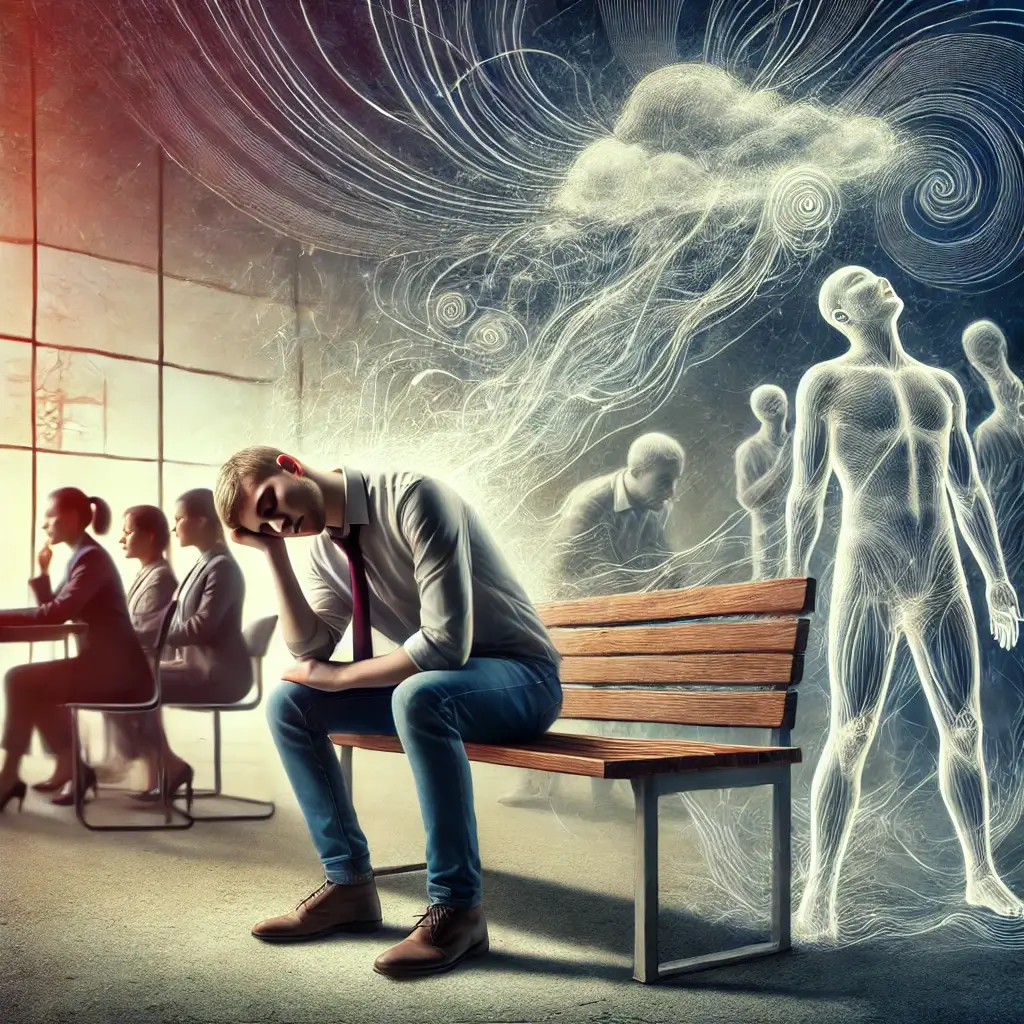# Tension Pattern Analysis: AI-Powered Body Scanning for Precision Relaxation Guidance
Unlocking Restful Sleep in the Modern Age
In an increasingly fast-paced world, the importance of quality sleep and overall relaxation has never been more paramount. With rising levels of anxiety, stress-induced insomnia, and sleep disturbances affecting millions globally, healthcare professionals and sleep specialists are turning their attention to innovative technologies that can enhance and personalize relaxation strategies.
At the forefront of this revolution is AI-powered body scanning using Tension Pattern Analysis (TPA)—a cutting-edge scientific approach transforming how we understand and manage muscular tension and stress to achieve deeper, more restorative sleep.
TPA is a system that maps the physical manifestations of stress through comprehensive body scanning. Utilizing artificial intelligence (AI), this technology can identify micro-tensions across muscle groups, postural imbalances, and asymmetries in physical strain that may lead to discomfort and disturb sleep. By doing so, it enables a tailored relaxation routine—built around the user’s unique muscular and neurological profile—thus maximizing the effectiveness of sleep hygiene and offering a precision-guided roadmap toward true relaxation.
From General Advice to Personalized Sleep Strategies
AI tools in wellness and medicine are becoming increasingly prevalent, especially those focused on personalized therapeutics. Through real-time feedback, body heat mapping, and biomechanical sensors, Tension Pattern Analysis offers insights far beyond what traditional methods or manual assessments can achieve.
This marks a major paradigm shift from the vague advice of “just relax” to a fully individualized, data-driven strategy that addresses the root causes of sleep impairment.
Whether you’re a student burdened with academic pressure, a professional managing corporate stress, or a senior dealing with chronic discomfort—TPA offers a non-invasive, intelligent solution to unwind and reduce physiological stress. This leads to:
– Better sleep duration and quality
– Reduced anxiety and improved mental health
– Enhanced physical recovery and pain management
When integrated into your daily sleep routine, TPA reshapes how individuals approach and master the art of truly restful sleep.
Scientifically Validated Technology & Clinical Benefits
The credibility of AI-assisted body scanning via Tension Pattern Analysis is grounded in robust medical research connecting muscle tension to nervous system responses and sleep disruption. For instance, a landmark study published by the American Academy of Sleep Medicine found that muscular hyperactivity induced by stress correlates with fragmented slow-wave sleep, reducing both the quality and depth of rest ([Sleep Journal](https://academic.oup.com/sleep/article/36/10/1535/2558992)).
Key technologies involved in TPA include:
– Thermal Imaging
– Surface Electromyography (sEMG)
– Infrared Scanning
– Kinetic Motion Tracking
These technologies have been clinically validated to detect subtle muscle contractions, postural imbalances, and neuromuscular irregularities. According to a 2020 study in the IEEE Journal of Biomedical and Health Informatics, AI algorithms can synthesize these data points to offer actionable relaxation strategies, such as:
– Deep-tissue-targeted stretching
– Customized breathing exercises
– Neuromuscular re-education exercises
Moreover, Harvard Medical School research shows that combining real-time feedback with biofeedback-assisted methods dramatically reduces cortisol levels, improves relaxation response, and supports quicker sleep onset ([Harvard Health Publishing](https://www.health.harvard.edu/mind-and-mood/biofeedback-for-stress-relief)).
Seamless Integration with Wearables and Daily Life
One of the most exciting features of Tension Pattern Analysis is its compatibility with wearable tech. Devices such as EMG armbands, smart mattresses, and posture-correcting sensors capture real-time body data and feed it directly to user-friendly smartphone apps.
These insights can prompt users to:
– Perform Progressive Muscle Relaxation (PMR) at optimal times
– Apply heat or cold therapy to areas of tension
– Modify sleep postures for maximum comfort and tension relief
This real-time guidance transforms passive data collection into dynamic, health-improving action—without additional effort from the user.
Tailored Solutions for Every Age and Lifestyle
### Children and Teens
For children and adolescents, consistent sleep is essential for cognitive growth and emotional development. AI-guided relaxation routines offer age-appropriate tension management, helping young minds and bodies learn how to calm down and recover from daily stressors in healthy ways.
### Adults and Professionals
High-pressure work environments and screen-heavy lifestyles contribute to significant physical tension in the shoulders, back, and neck. TPA gives working adults a data-driven path to recovery, restfulness, and improved mental resilience—essential for focus, productivity, and overall well-being.
### Seniors and Chronic Pain Sufferers
For older adults, muscle degeneration and chronic conditions often disrupt sleep. With TPA, problematic tension zones are not just identified but also addressed through personalized therapeutic movements and AI-guided relaxation cues, leading to improved sleep and mobility.
Redefining Sleep Hygiene with AI-Powered Precision
Tension Pattern Analysis represents a fundamental shift from reactive to proactive care. Rather than treating insomnia and stress-related sleep problems after they occur, TPA leverages advanced AI to prevent the build-up of muscular stress by offering timely, targeted, and personalized interventions.
By merging insights from neuroscience, biomechanics, and wearable technology, TPA equips users with a visual and analytical map of their body’s tension patterns. This empowers them to take control and adopt smarter, science-backed relaxation strategies customized to their exact needs.
Conclusion: The Future of Relaxation Is Here
As the intersection of neuroscience, wearable tech, and artificial intelligence continues to advance, so too do our options for improving sleep in meaningful ways. Tension Pattern Analysis, powered by AI, arms individuals with intelligent, actionable insight into their muscle and stress patterns—personalizing relaxation and sleep like never before.
Whether you’re a parent, a business leader, or a retiree, this revolutionary technology offers you a chance to experience improved rest, better mental health, and more energy—all beginning with one simple, powerful question: “Where does your body hold tension, and how can we ease it—today?”
With TPA, better sleep isn’t just a dream. It’s intelligently within reach.
## Concise Summary
Tension Pattern Analysis (TPA) is an AI-powered body scanning technology that maps physical manifestations of stress to provide personalized relaxation guidance. By identifying micro-tensions, postural imbalances, and neuromuscular irregularities, TPA offers tailored solutions to improve sleep quality, reduce anxiety, and enhance physical recovery – seamlessly integrating with wearable devices to transform passive data into dynamic, health-improving action.
## References
– [Sleep Journal: Muscle Activity and Sleep Disturbance](https://academic.oup.com/sleep/article/36/10/1535/2558992)
– [IEEE Journal of Biomedical and Health Informatics: AI-Enhanced Muscular Mapping for Sleep Optimization](https://ieeexplore.ieee.org/document/9095412)
– [Harvard Health Publishing: Biofeedback for Stress Relief](https://www.health.harvard.edu/mind-and-mood/biofeedback-for-stress-relief)
– [Sleep Foundation: How Stress Affects Sleep](https://www.sleepfoundation.org/stress-and-sleep)
– [National Institutes of Health: Physical Stress Symptoms and Sleep Quality](https://www.ncbi.nlm.nih.gov/pmc/articles/PMC8856249/)

Dominic E. is a passionate filmmaker navigating the exciting intersection of art and science. By day, he delves into the complexities of the human body as a full-time medical writer, meticulously translating intricate medical concepts into accessible and engaging narratives. By night, he explores the boundless realm of cinematic storytelling, crafting narratives that evoke emotion and challenge perspectives.
Film Student and Full-time Medical Writer for ContentVendor.com




